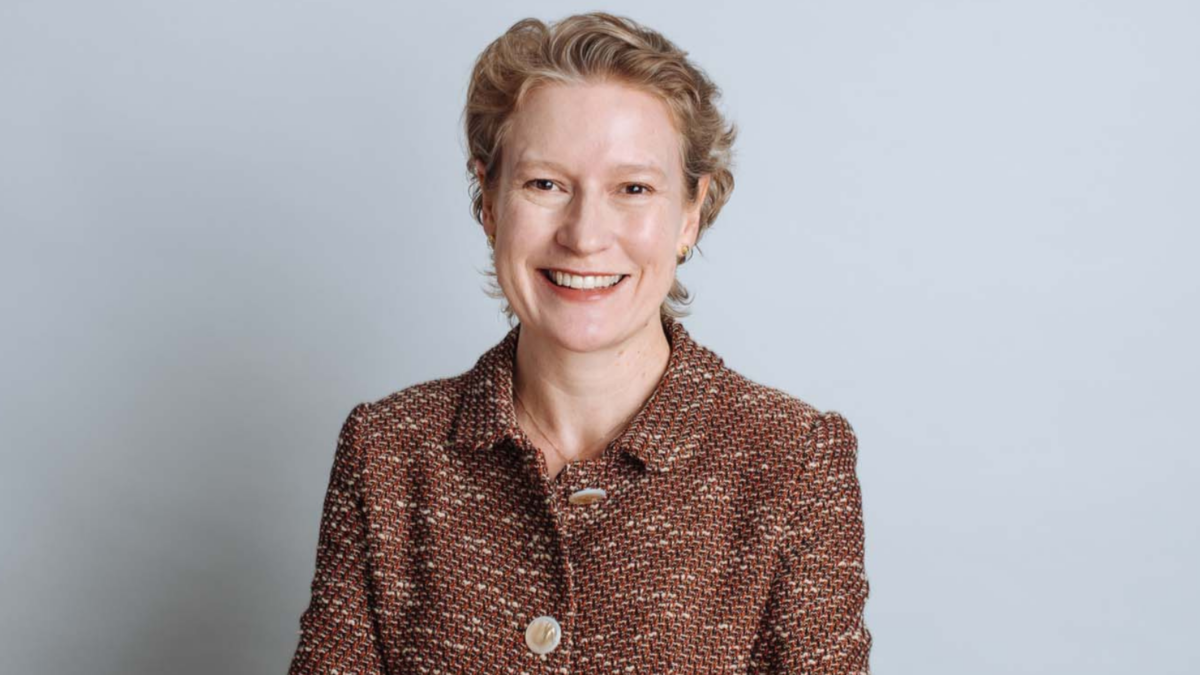How emerging markets got to be all grown up
By David Chaplin
Emerging markets have long been a troublesome bet for equity investors: the perennial over-promiser and under-deliverer. In the new world order – or disorder – however, they are looking rather more like core investments.
According to Kim Catechis, head of global emerging markets for the Edinburgh-based fund manager Martin Currie, emerging markets (EM) stocks are poised for a period of sustainable growth.
Catechis, who is visiting Australia and New Zealand later in March to meet with investors and to present at the annual Martin Currie assessment of the latest company earnings results, said the recovery in EM equities in 2016 had been underpinned by sound fundamentals rather than the technical support such as the stock buy-backs propping up developed markets.
Since hitting a low of under 700 last June the MSCI EM Index (in $US terms) now sits at about 955 – an impressive return to form, albeit that the February figure still lags the benchmark as at the same month in 2012.
Catechis said the upwards march of EM equities over the last few months had come off the back of low valuations and solid corporate earnings growth supported by wider economic factors including an ongoing industrial renovation as well as the rise of middle-class consumers in the sector.
“The basis of my optimism is that the long-term fundamentals are still there and earnings are coming back,” he said.
Furthermore, Catechis said average price-earnings (P/E) ratios of about 12 in EM stocks represented “pretty decent valuations”.
He also dismissed sceptics who cite the fact that average P/Es in EM stocks have been at the same level for about a decade.
“What they miss is that the composite of the [EM] index has changed a lot in those 10 years,” Catechis said.
For example, resource and material companies today make up 6.9 per cent of the EM benchmark compared to 15 per cent just prior to the global financial crisis (GFC).
Over the same period energy stocks have declined from 17 per cent of the index to 7.8 per cent as consumer (7.8 per cent) and tech firms (at 23.6 per cent, now the largest EM sector) rapidly expanded their market share.
He said the higher proportion of better-quality, more profitable and less-leveraged companies in the EM benchmark explains why the static P/E ratios obscure the rise in underlying value.
While the quality of the EM index may have dramatically improved over the last decade, Catechis said the sector remained ripe for active management rather than passive exposure.
Of the roughly 1,000 stocks covering 26 countries in the Martin Currie EM universe, his portfolio currently holds about 45-50 stocks. He said the firm tends to be long-term investors with average annual portfolio turnover of “less than 30 per cent”.
“We usually hold stocks for about three to five years,” Catechis said. “We’re almost buy-and-hold investors.”
The Martin Currie stock-selection process is split 50/50 between number-crunching and “hard to quantify stuff” viewed through a comprehensive environmental, social and governance (ESG) filter.
“We’re unusual in that we do ESG analysis – although I prefer to use the term ‘sustainability’ – for all the companies we research,” he said. “And we’ve done that since the mid-2000s.”
The ESG approach enables Martin Currie to develop a unique picture of “where a company is now, what is likely to do next, and how we can actively engage with it”, Catechis said.
Overall, he said EM companies have made huge progress in ESG compliance over the last few years with factors such as corporate governance, market transparency and accounting standards lifting across the board.
At the same time the broader EM economies have become less prone to currency mood swings (especially those with minimal sovereign debt and low balance of payments) and more independent of developed world trends.
“EM countries are increasingly co-operating in trade with a number of bi-lateral and multi-lateral trade deals between themselves,” Catechis said.
The overarching presence of China is also transforming EM cross-border economic development, he said, citing the Chinese ‘one-belt, one-road’ initiative designed to supercharge regional infrastructure construction and trade.
“The ‘one-belt, one-road’ policy is intended to replicate the old Silk Road trade route,” Catechis said. “That involves China building railways, pipelines, ports and so on across 30 countries – with the promise of open trade and lower tariffs.”
In spite of their growing togetherness, EM countries remain a “heterogeneous” bunch, he said, with enough spice in the mix to prevent the asset class from becoming “boring and predictable”.
“Now growth in EM countries will be lower than it was pre-GFC,” Catechis said. “But that will be sustainable growth, underpinned by trade.”
Martin Currie is one of nine affiliate managers owned by Legg Mason Global Asset Management.
– Investment News NZ









